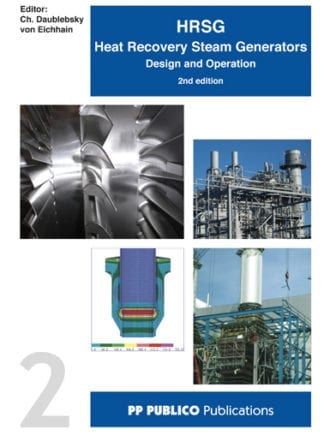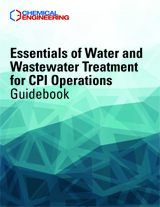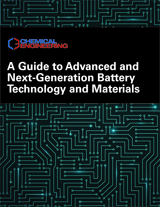Description
Chemical engineers face complex challenges when it comes to treating industrial wastewater streams with extremely variable composition, to make the water suitable for either reuse in the plant or discharge in accordance with all regulatory requirements and sound environmental practices.
This Chemical Engineering Guidebook contains a collection of practical, tutorial-style articles aimed at professionals involved in wastewater-treatment activities. This collection of articles provides practical engineering recommendations related to the equipment components and systems that are used to treat industrial wastewater.
Several articles focus on biological treatment routes, providing technical recommendations for selecting and optimizing the microorganisms needed to degrade organic contaminants and other chemical pollutants, and engineering recommendations for maintaining and troubleshooting activated-sludge systems.
Additional guidance is provided on pumps, valves and piping, all of which are ubiquitous in any water- or wastewater-treatment system design.
Finally, as an added resource, this collection of articles includes some practical guidance on project management and cost estimating during capital projects.
Delivered in a PDF format, 127 pages.
Topics Include:
Industrial Microorganisms
Harnessing Biotechnology: A Practical Guide
• Biotechnology is increasingly proving its ability to address chemical industry challenges. An engineering-focused approach— bioengineering — is vital to successful industrial application
Biological Wastewater Treatment: Maintaining the Needed Microorganism Population
• Activated sludge processes are inherently complex. Proper system design, operation and maintenance are essential to adequately break down target organic materials
Cooling Towers: Managing Tighter Water-Discharge Regulations
• Tightening regulations for cooling tower water discharge quality are requiring plant engineers to evaluate enhanced treatment options, sometimes including zero-liquid-discharge systems
Mixing: Impeller Performance in Stirred Tanks
• Characterizing mixer impellers on the basis of power, flow, shear and efficiency
Steam Concepts
Activated Carbon: Fundamentals and New Application
• Activated carbon sorbents are important tools in water purification and air-pollution control. This article provides
information on the fundamentals of this diverse sorbent and on new applications for which it is being employed
Purifying Coke-Cooling Wastewater
• A new method for treating coke-cooling wastewater in a delayed coking unit
Piping-System Leak Detection and Monitoring for the CPI
• Eliminating the potential for leaks is an integral part of the design process that takes place at the very onset of facility design
Optimizing Pressure Relief Systems
Alternative designs for pressure relief systems may offer investment cost savings
Modern Concepts in Makeup Water Treatment
• Technologies offer new alternatives for water treatment
Design and Operating Principles for Bioprocesses
Ethylene Production via Cracking of Ethane-Propane
Filter Aids
Strategies to Minimize Wastewater Discharge
• As industries evaluate the viability of zero-liquid discharge, the advantages of low-temperature evaporation should be considered
Biological Wastewater Treatment: Selecting the Process
• Basic steps for developing an industrial-water treatment process are given, using an example of a difficult-tobiodegrade wastewater stream
Pressure Transmitter Basics: Selection Guidelines
• Climbing the decision tree to pick the right pressure sensor
Piping Codes: What the CPI Engineer Should Know
• An overview of the codes and standards that are most pertinent to chemical processing facilities
A Universal Equation for Designing Pipelines
• The pipe-flow equation presented here can be used to properly and easily size pipelines for liquid, vapor and twophase flow. Example calculations are also shown
Treating Wastewater for Industrial Reuse
• Secondary treated wastewater from municipal plants can be a water resource for industry. Important water characteristics and treatment options are discussed
Challenges of Handling Filamentous and Viscous Wastewater Sludge
• Excessive growth of filaments and biopolymers in activated sludge should be controlled in CPI wastewater-treatment plants, as both lead to sludge that is hard to handle. The sticky behavior of such sludge can be minimized by the addition of polyaluminum chloride
Odor Issues and Solutions for Wastewater Treatment
• Increasingly, wastewater treatment plants must address odors due to volatile contaminants. This guide provides an overview of odor causes and possible remedial actions
Strategies for Water Reuse
• Membrane technologies increase the sustainability of industrial processes by enabling large-scale water reuse
Challenges of Drying Sticky Wastewater Sludge
• In wastewater-sludge drying and dewatering operations, many issues arise from the sticky properties of the sludge. Here are some insights to address them




